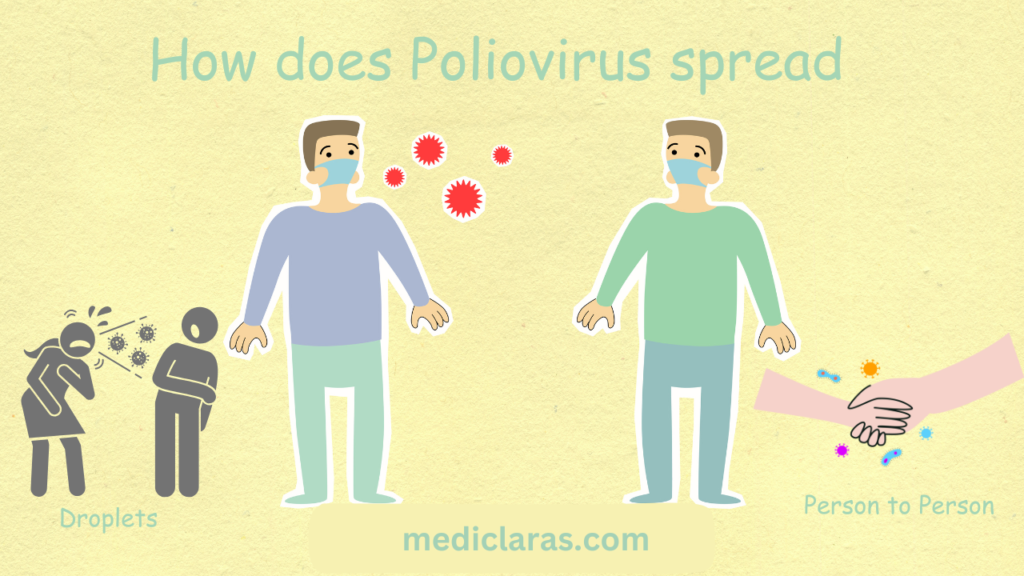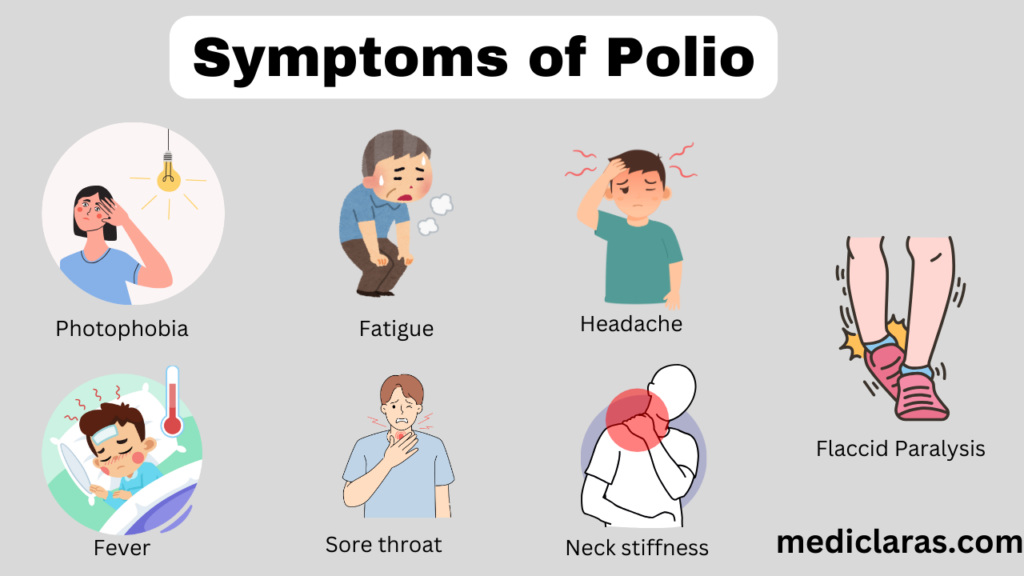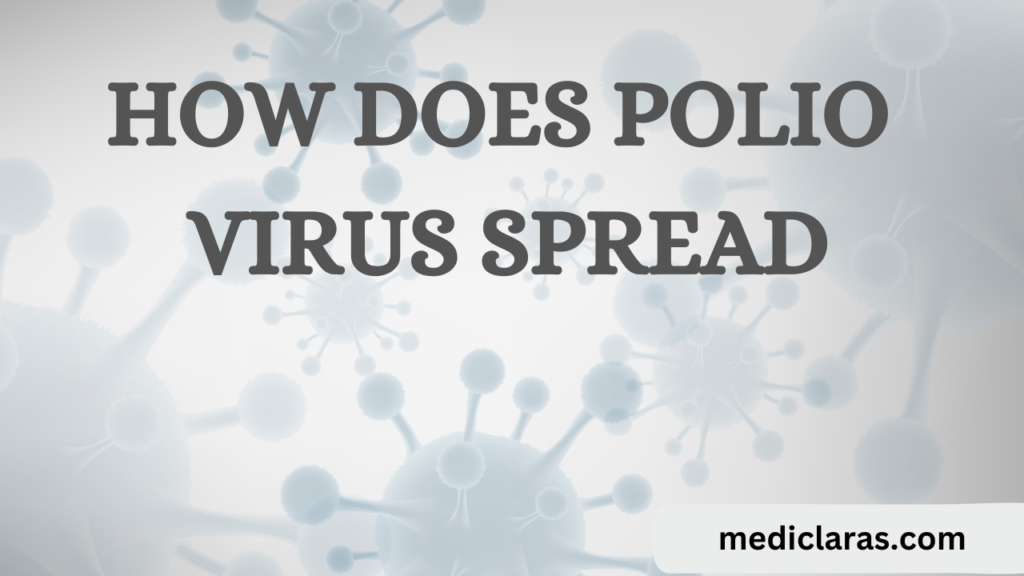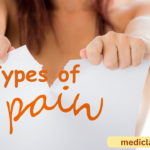How Does Poliovirus Spread
Polio also called poliomyelitis is a paralyzing viral illness that occurs due to polio virus and affects the brain or spinal cord. It is crucial to understand how the virus spreads to protect both individuals and communities. In this article, we will explore polio and how does poliovirus spread.
What is polio?
Polio refers to the disease caused by a virus called poliovirus .Most people do not manifest any symptoms, some experience mild symptoms while others may experience paralysis and death.
There are three wild types of poliovirus: Type 1 ,Type 2 and Type 3(WPV 1,WPV 2 ,WPV 3). Wild Type 2 and 3 have been eradicated through vaccination .Only a few parts of the world have wild Type 1 in circulation. Type 1 polio virus also has the highest tendency to cause paralysis.

How does poliovirus spread?
The two main ways that polio is spread are by coughing or sneezing and by coming into contact with an infected person feces( the fecal oral route). The following are some methods of transmission:
● Not cleaning your hands after using the restroom or handling feces.
● Using water that has been contaminated with virus
● Using foods that have come into contact with water contaminated by viruses.
● Swimming in water that is contaminated with germs.
● Coughing or sneezing. When a sick person coughs or sneezes ,nearby person may get droplets containing the virus through inhalation; how ever this mode of transmission is less common than the fecal oral route
● Being in close proximity to someone who has polio. The virus me also spread through the oral-oral route especially in settings where closeness is common such as in households or congested urban areas
● Touching surfaces that are contaminated with feces from an infected person.
Stages of poliovirus transmission
Entry point: The entry of virus to host body occurs via mouth.
Replication: The virus replicates in the tonsils and intestine remaining for weeks at that particular site.
Shedding: The virus is excreted in the feces of an infected person even if that person is asymptomatic.
Exposure: Other persons are exposed when they come into contact with contaminated food and water or surfaces.
What signs of polio are present?
Mild (Non- paralytic polio):
Fever
Fatigue
sore throat
Headache
vomiting or feeling queasy
Stiffness and pain in the neck
Tenderness or weakness in the arms and legs
Flu-like symptoms
Severe(Paralytic polio):
Less than 1% of cases of this uncommon type of polio can result in paralysis.
Signs or symptoms consists of:
Severe muscle weakness or loss of tone
Sudden onset of flaccid paralysis
Loss of reflexes
Difficulty in breathing or swallowing
Spinal ,hip or leg deformities over time

Factors that increase the risk of Spread
Factors regarding polio virus transmission include:
Poor sanitation: Poor access to clean water and sanitation practices favors contamination and spreading of poliovirus through the fecal- oral route.
Crowded conditions: The physical confinement favors the spread of the virus from one person to another.
Low vaccination coverage: communities with insufficient vaccination coverage face a greater risk of outbreaks.
Travel to endemic areas: People travelling to regions where polio still prevalent may become infected and contribute to the spread of the virus.
Who is at risk from polio?
Although anyone can be infected by a virus causing polio, these groups are at greater risk of contracting the virus and developing severe symptoms.
Unvaccinated individuals: These are the most vulnerable group to polio. Without immunization the body has no defense against the virus, even in regions where polio has been eradicated.
Children under 5: children under 5 years old are the most susceptible age group to poliovirus infection .Their immune system has not matured, that is why they show increased susceptibility to severe complications.
Immune compromised patients: Individuals whose immunity has been compromised due to disease conditions such as HIV /AIDS or persons undergoing chemotherapy or other therapeutic regimes for malignancies are also at higher risk to suffer a severe attack.
Pregnant women: While rare, pregnancy can increase the risk of infections including polio particularly in the regions where the virus is present.
Individuals living in poor sanitary conditions: People living in regions with no access to potable water and proper sanitation are more likely to become infected after exposure to the virus through the fecal- oral route.
Healthcare workers and Caregivers: Individuals who care for polio patients or come into contact with their bodily fluids may be at risk if they do not adhere to proper hygiene and protective measures.
The good thing is that polio can be completely prevented with the right measures:
Vaccination: The polio vaccine remains an extremely effective agent against the disease. Appropriate vaccination should be provided to all children in accordance with the prescribed immunization schedule. According to authorities four doses of polio vaccine to be administered during childhood.
● First vaccination- at least 2 months
● Second vaccination 4 months old
● Third vaccination from 6-18 months
● Fourth or booster- between ages of four and 6 years
If you have never received the polio vaccine and have been advised to do so as an adult you will require 3 doses:
● You can space out the first two doses 1 to 2 months apart.
● It is possible to administer the third dose six to twelve months following the second.
Practice hygiene: Continue Hand washing with soap and water after using the toilet and before eating will avoid the transmission of the polio virus.
Clean drinking water: Ensuring sanitation and safe drinking water can limit the separate of the virus through the fecal- oral route .
Avoiding Endemic Areas: Completely immunized if you have to travel to polio Endemic regions.



